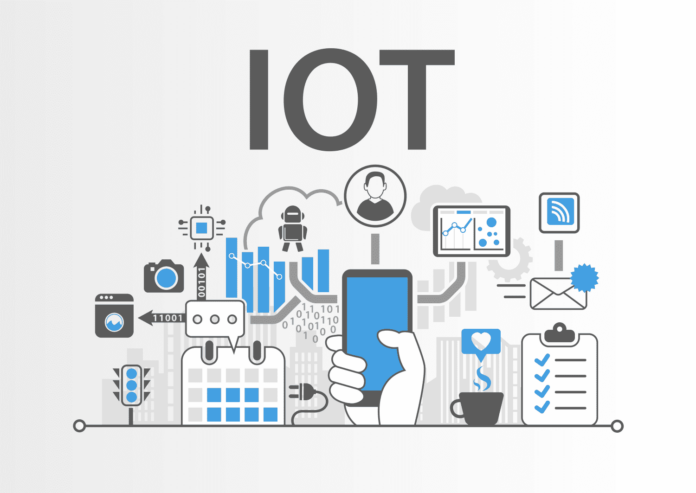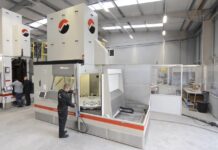People have been talking about ‘smart cities’ for several years now. Every once in a while, another new form of technology designed to promote this concept and to make our cities smarter, better managed and more sustainable arises. But how can this type of technology be used to really improve cities? To what extent will the ‘Internet of Things’ (IoT) or artificial intelligence really be the protagonists of future smarter cities? Since smart cities are no longer a future trend, but a reality applicable to all kinds of cities nowadays. Here are some real examples of the intelligent services offered by the Internet of Things that can already be applied today.
Traffic management and mobility systems
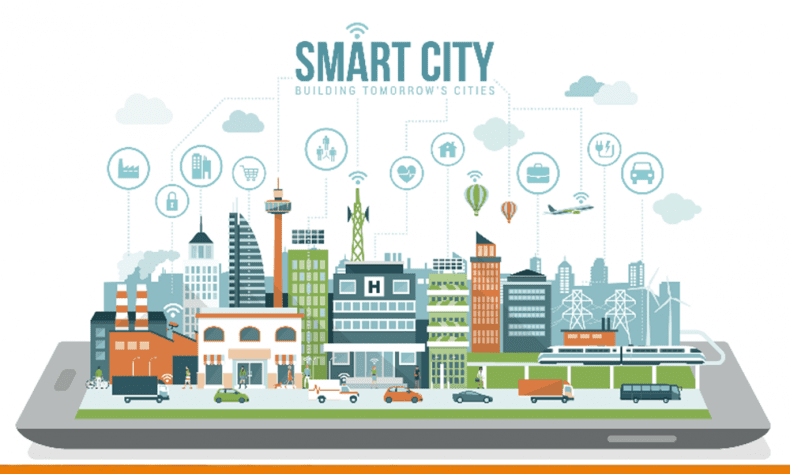
As part of the promotion of public transport, more and more cities are introducing new mobility systems such as electric motorcycles, on-demand bicycles or even scooters. In congresses such as the annual IoT World Congress by Digitalizing Industries (see more on https://www.iotsworldcongress.com/), experts are discussing how to develop this kind of technology to improve traffic analysis, fleet management, private and indoor mapping, electric vehicle charging, public transit services & smart city management and exhibiting new prototypes and ideas.
Mobility systems have sensors that make it possible to track their location at all times, their consumption, their autonomy, their performance, their possible need to be recharged, and so on. This technology can not only be applied to companies or public institutions, but also to the citizens themselves, as many of the vehicles can be equipped with the connectivity that informs them of all these parameters to make more efficient use and improve their own mobility.
On the other hand, traffic management is one of the major challenges that cities worldwide are currently facing, regardless of their size. That is why all the major cities in the world are immersed in redirecting traffic in the city centre and reduce traffic jams. Thanks to the installation of sensors, public administrations can measure traffic congestion in real time. And, once these data have been measured, artificial intelligence will be able to predict which points may be more conflictive in certain situations.
With this, cities will not only be able to assess traffic in the city centre, but also know to what extent alternative transport routes are having an effect or, on the contrary, are congesting other areas. In addition, cities can also assess the extent to which their car parks are really useful or efficient thanks to these technologies -as well as their occupancy levels according to external factors (Christmas dates, unforeseen events, adverse weather, music shows or sporting events, etc.).
Public services management
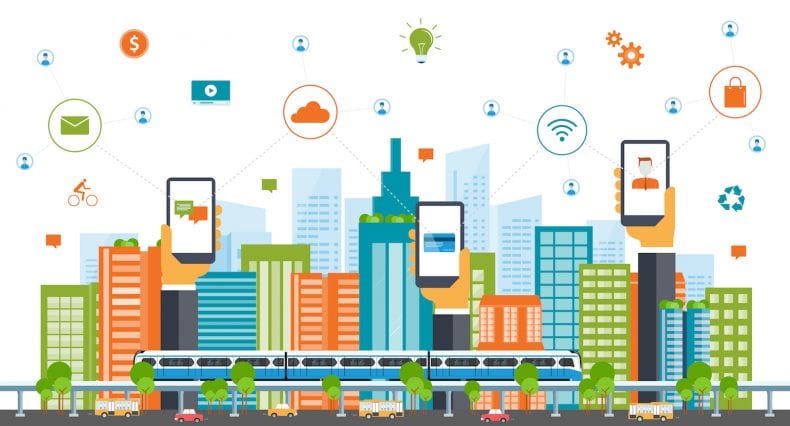
Cities offer public services that are not always easy to manage, since providing them is not the only thing to do: it is also required to make them more efficient, evaluate their use, detect possible deficiencies and optimize the available resources.
Street lighting
IoT might be applied to public services in aspects like street lighting. Every street needs to be lit, but that does not have to mean having all the lights on at the same time during all night. IoT allows movement sensors to be installed on streetlights so that they turn on when they detect the presence of people. This not only makes the use of this energy more efficient, but also makes it possible to increase the installation of more lighting in less inhabited areas, as the devices will only be switched on when necessary.
Water and power supply
How much water is consumed in a city? IoT sensors make it possible to monitor in real time not only the actual consumption, but also the needs for sanitation and treatment in different areas of the city. Pressure transducers of brands like MicroSensor can be used to measure water pipe pressure & detect the level of water in a tank or pipe underwater. In addition, if we apply this technology to water and electricity meters and add artificial intelligence to them, any company or public institution will be able to analyze the results to detect consumption patterns and anticipate future needs. Thus, if a specific period of greater consumption approaches -Christmas festivities, adverse weather, extremely cold or warm months-, it will be possible to anticipate this situation and deal with it in the best way possible.
Garbage disposal systems
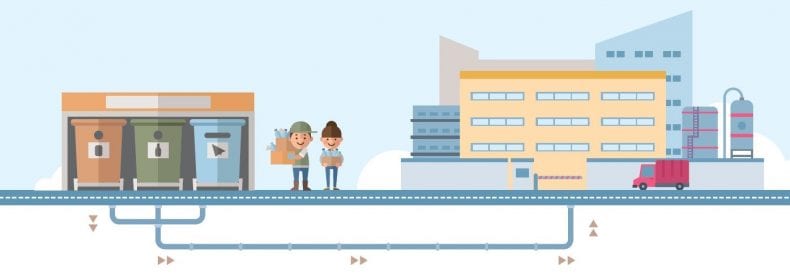
Garbage disposal is one of those indispensable services that every city needs to keep streets clean and citizens healthy. But, despite its relevance and unquestionable nature, garbage service is not always parameterised. However, artificial intelligence can measure waste collection activity in certain areas and predict efficient management. In this way, for example, a city council can decide whether a specific area generates less waste (so that such constant collection is not necessary) or whether, on the other hand, another produces a much greater quantity of waste (so it is advisable to intensify its collection).
